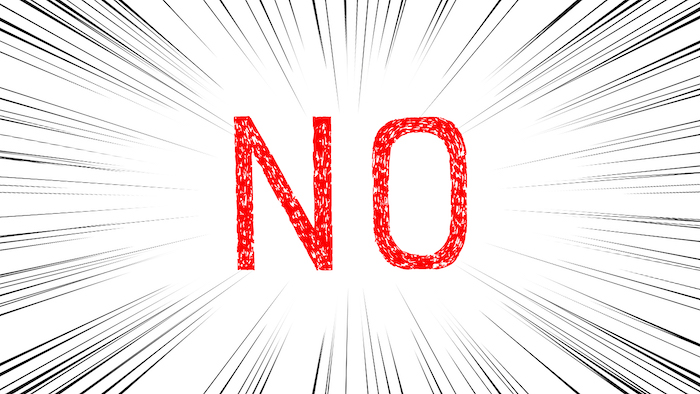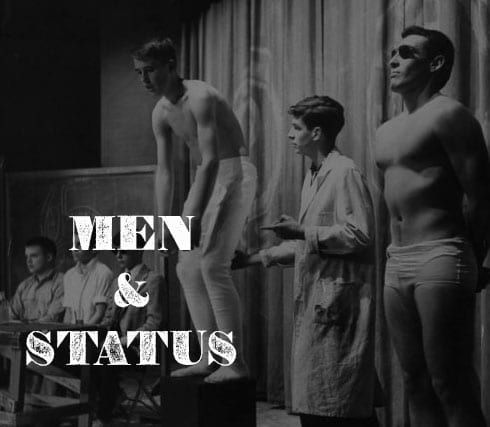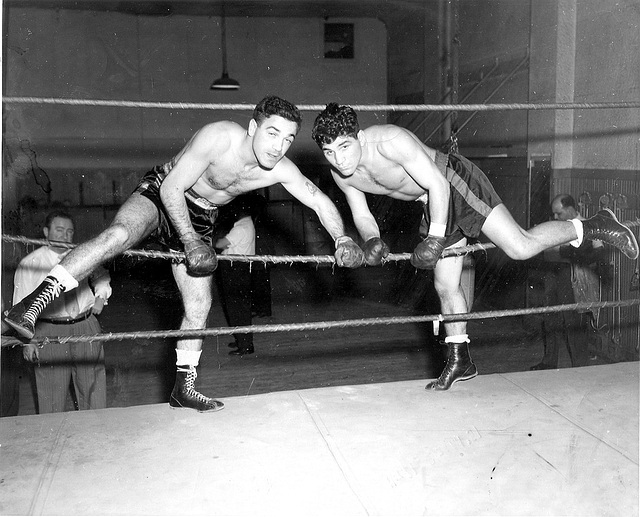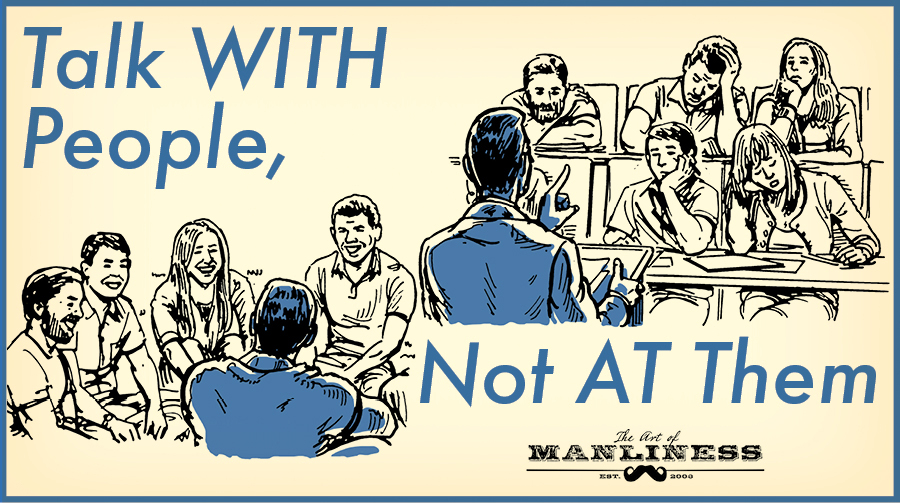
Most everyone struggles with saying no.
It’s hard to say no to the dinner invitation from the perfectly-nice-but-deathly-boring acquaintance; to the looks-good-on-paper-but-is-sure-to-fail proposal from a boss; to the request that you serve in an entirely-worthy-but-wholly-unsuited-to-your-talents role at church.
Saying no feels awkward. It feels impolite. It makes you feel bad that maybe you’re not as nice or as helpful a person as you’d like to think, and it makes the asker feel bad that you’re somehow rejecting them personally.
But there’s a way to decline invitations and requests that allows both you and the asker to remember that saying no doesn’t make you a bad person.
It’s called the “positive no.”
Why It Feels Unpleasant to Tell People No and to Get a No
According to negotiation professor William Ury, the way most people say no to requests typically creates tension, hurt feelings, and resentment all around.
Think about how you might typically start off declining a request:
“I’m sorry, but I’m not going to be able to . . .”
You’re starting off with a negative, which triggers the other person’s brain in a defensive direction.
Human brains are highly sensitive to the negative. When you begin your no with a negative, it subconsciously puts its recipient on red alert. When you decline someone’s invitation or request, you’re knocking them down a peg in status; they feel less liked/important/appreciated. And, even if they cognitively know that your decline may not be personal, womp-womp neurochemicals kick in and it viscerally stings.
And then you feel bad, for making them feel bad. No one likes to disappoint.
The Positive No
Instead of starting off your no with a negative and thus causing its recipient to shift into defensive mode, Ury recommends offering a “positive no.”
A positive no allows you to convey to the asker (and to yourself) that the reason you’re saying no is not because you’re a bad person, but because you have positive priorities that you’re working on and saying yes to, which don’t allow you the time or bandwidth to take on another commitment. It’s a way of telling people that you’re not saying no to them, but saying yes to other things that are important in your life.
The positive no doesn’t completely take the dejection out of rejection (you are, after all, still saying that your own priorities take precedence over whatever it is the other person is asking of you), but it does significantly dampen it, making your decline feel less personal, less jerky, and less apt to be received as a status defeat.
How to Give a Positive No
Giving a positive no is pretty dang easy. Not only does it make the interaction less fraught, but it also allows you to provide a firm no without being wishy-washy about it.
Here’s your outline for a positive no:
Start with warmth. Show appreciation for the ask. The person wouldn’t be making the request to you if they didn’t think you’re a cool and/or competent dude. By making the request, they’re showing some deference. Appreciate that!
Tell the person what you’re saying yes to right now. This is where the “positive” part of the “positive no” comes in. Briefly and enthusiastically share your positive priorities with the requester. This could be a project at work, your family, or a community service commitment. Let the recipient know what you’re saying yes to.
Give your no. Explain that, because you’re saying yes to _____, unfortunately, you can’t do the thing they asked you to do.
Don’t say you’re “sorry” for having to decline; apologies are for when you do something wrong, and not being desirous or able to fulfill a request doesn’t fall into that category. An “unfortunately” or an “I wish I could” (if that’s sincerely the case) express your regret that it’s not possible for you to do everything in life, without confessing to an offense or failure.
End with warmth. Wish the person well with their endeavor (if you sincerely support it). If you have a contact in your network that could help the requester, offer to put him or her in touch with that contact. This isn’t necessary though; well-wishes can suffice.
Comparing a Typical No With a Positive No
To see the difference this request-declining methodology can make, let’s contrast an example of a typical no with a positive one.
Let’s say your boss asks you to head up the firm’s softball team. You just don’t have the bandwidth for it because you’re coaching your kid’s baseball team in the spring, and you’ve got a lot of projects you’re tackling at work.
Here’s what a typical no would look like:
Thanks for asking me, but unfortunately I won’t be able to run the firm’s softball team this spring. I’ve got a lot of projects at work that I’m working on, and I’m coaching my son’s baseball team this spring. I just don’t have the bandwidth for it. Sorry I couldn’t help.
It’s not a terrible decline. It’s short and to the point. You give your reasons for saying no. But, because you start off with a negative, the whole thing just feels like a downer and that you’re disappointing the other person. The recipient will be so focused on the no, that they’ll ignore or downplay your explanation for it.
Let’s see what a positive no would look like:
Hey! Thanks for asking me to head up the firm’s softball team. I’ve really enjoyed playing on it over the years.
As you might know, I’m working with some big clients for the firm, and we’re making some important pushes that will allow us to hit our quarterly goals next month. I’m really enjoying the work and am spending time after office hours refining our pitches. I’ve also committed to coaching my son’s baseball team this year. I’m really excited about it since I love baseball, and it gives me the opportunity to hang out with my son.
To do a good job on these projects at work and as a baseball coach, I unfortunately have to say no to other commitments, like heading up the firm’s softball team.
I wish you all the best with it!
While the content in these two responses was pretty much the same, their structure differs; the second is bookended with warmth, and, most importantly, starts off with what you’re saying yes to. The no which follows is firm, but its reception will be softened by the more positive lead-in.
Here’s another example of offering a positive no, this time in regards to a social situation:
Thanks very much for the invitation to the party! It sounds like a lot of fun. I’ve just come off a crazy season at work where I didn’t get to see my family very much and I’ve committed to devoting my weekends for the next while to hanging out with them. So I unfortunately won’t be able to come on Saturday. Hope you guys have a blast!
If you’ve had trouble saying no in the past, try framing your nos as positive nos. You might be surprised by the difference it makes.
In conjunction with this technique, continue to work on being more assertive and less of a reflexive people pleaser in general. A big reason people feel bad about saying no to others is the fear of letting them down and making them feel bad. But, remember, while you are responsible for being a respectful and polite person, you are not responsible for other people’s feelings.





